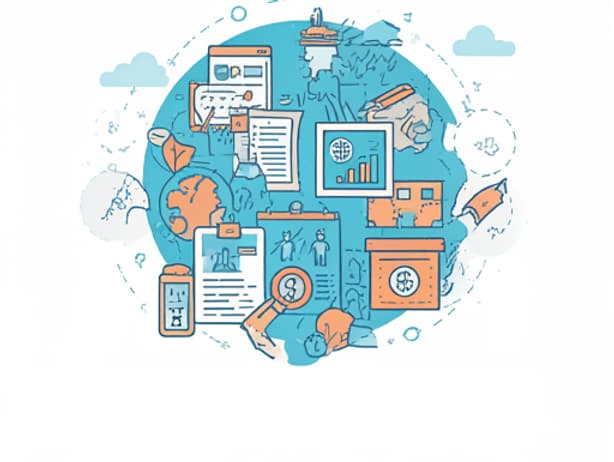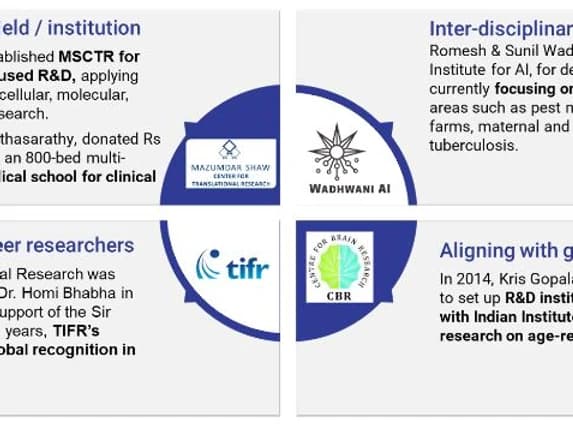Strengthening Philanthropic Potential: Accelerate Indian Philanthropy’s Approach to Strategic GivingRadhika Jain
Philanthropy in India has seen a remarkable transformation in recent years, with an increasing number of individuals and organizations stepping up to make meaningful contributions towards societal development. Among the key players in this evolving landscape is Accelerate Indian Philanthropy (AIP). Established with the mission to build a vibrant network of philanthropists and inspire strategic giving, AIP engages Ultra High Net Worth Individuals (UHNIs) at various stages of their giving journey. Backed by 42 extraordinary founders, including key figures like Ashish & Manisha Dhawan, Rohini Nilekani, Amit Chandra, and Vishal Tulsyan, AIP leverages their diverse expertise to drive meaningful philanthropic endeavours. Through its four strategic pillars—engaging philanthropic networks, developing knowledge resources, co-creating bespoke giving plans, and thought leadership—AIP aims to transform the landscape of giving in India. In this exclusive interview with TheCSRUniverse, Radhika Jain, Philanthropy Partner, AIP and Bhavana S. Resmi, Program Manager, AIP delve into the core objectives of AIP, their strategies for enhancing philanthropic impact, and the significant achievements they have made since their inception. We also explore insights from their recent report, "Wealth with Purpose," based on interviews with 100 UHNIs, and discuss the critical gaps that need to be addressed to unlock the full potential














